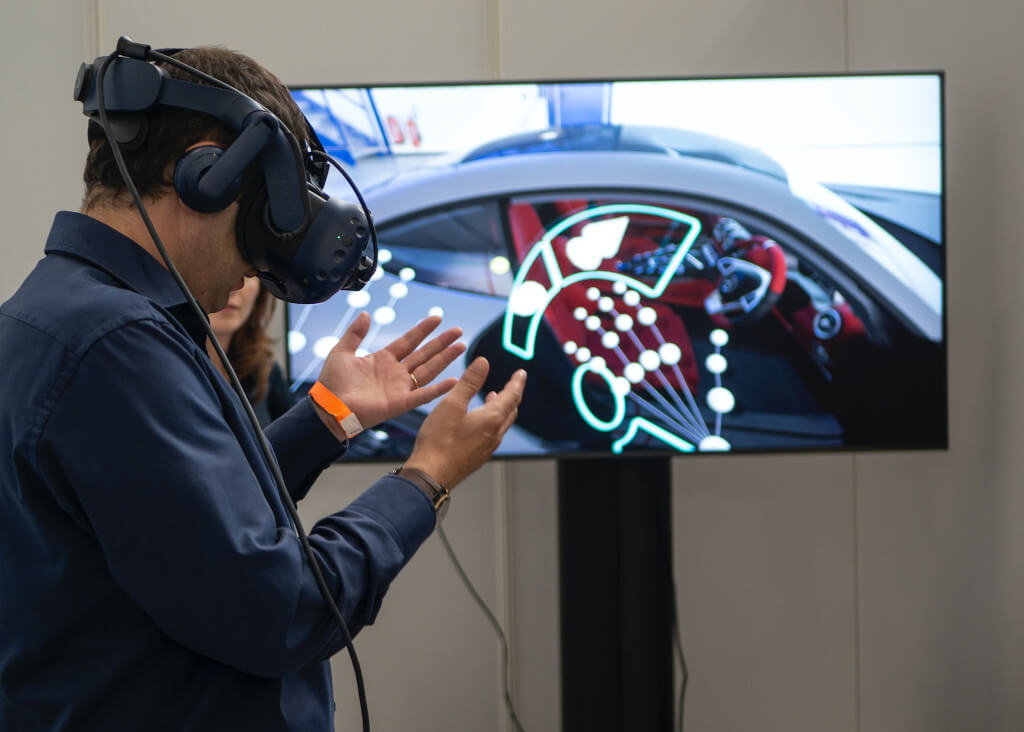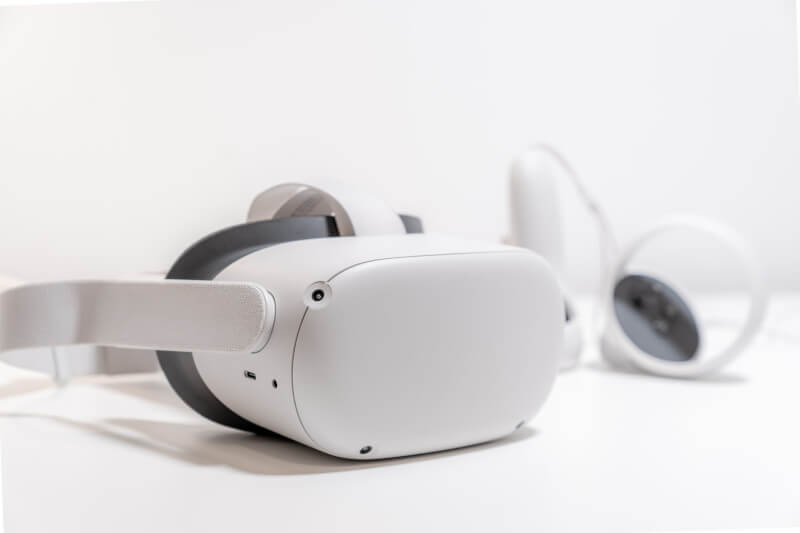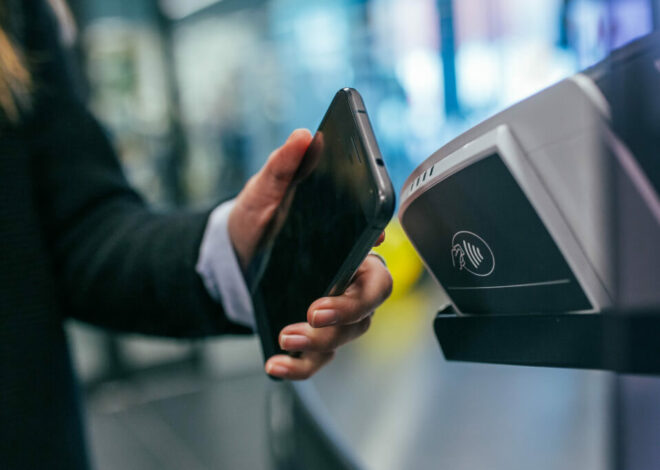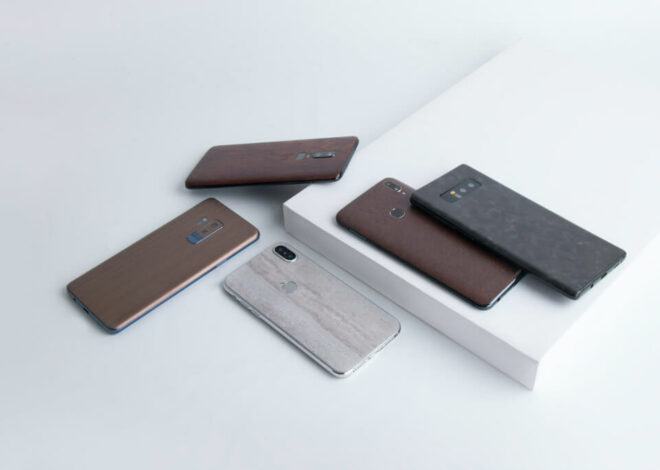
Adapting AR and VR for Mobile Devices
Enter the captivating arena of augmented reality (AR) and virtual reality (VR). If you’ve ever played a game where digital elements interact with the real world or put on a headset to dive into an entirely virtual universe, you’ve experienced the magic of AR and VR. Let’s unravel the fascinating layers of these technologies, explore how they’ve weaved into the fabric of mobile apps, and peek into what the future might hold.
The Magic Behind AR and VR
Augmented Reality (AR) and Virtual Reality (VR) might sound like jargon tossed around in tech circles, but once you grasp the essence, you’ll see they’ve subtly been changing the way you interact with the world.
Take AR. It’s a bit like giving reality a digital enhancement. Imagine reading a storybook to your niece, and as you flip the pages, dragons fly out and fairies dance around, all visible through a tablet screen. The real and digital worlds, harmoniously coexisting. AR doesn’t replace your environment; it embellishes it. It’s the thrill of watching a recipe video pop out from a cookbook or seeing historical figures narrate tales when you point your phone at monuments.
Many businesses see the potential in AR and use it to add zest to conventional activities. Attending a music festival? An AR app might allow you to see virtual information bubbles above stages, detailing the next act. Shopping online? Try on those sunglasses virtually, by overlaying them on your real-time video feed.
Switch gears to VR, and it’s an entirely different ballgame. Unlike AR’s enhancements, VR transports you to entirely new terrains, conjured up pixel by pixel. The environment in VR isn’t real but feels like it. Remember the time you watched that VR video of a roller coaster ride? Your heart raced, your palms sweated, even though you were safely on your couch.
The applications of VR extend beyond just games. Medical students, for example, can conduct virtual surgeries, gaining hands-on experience without the risk. Realtors use VR to give virtual house tours, letting potential buyers walk through properties from miles away.
In both AR and VR, the key is immersion. It’s about feeling a part of the digital narrative. The tech may sound futuristic, but its foundation is rooted in something very human – the desire to experience, to explore, to be thrilled. And as these technologies continue to evolve, who knows? Your next vacation might just be a VR trip to Mars or an AR treasure hunt in your backyard. The possibilities are as endless as our imaginations.
Exploring Top AR/VR Apps

Pokémon Go might have burst into the scene as a surprising whirlwind, turning the world into overnight monster hunters. But that was just the beginning. The horizon of AR and VR mobile applications is expanding, bringing a mix of practicality and pure fun into the palm of your hand.
Let’s dive deeper into IKEA Place. Beyond the obvious ‘try-before-you-buy’ furniture arrangement, this application represents a paradigm shift in online shopping. No more guessing or using measuring tapes to see if that trendy bookshelf fits your study. With a few taps, you’re virtually placing it next to your study desk, checking if the color matches your curtains or if the height overshadows your lamp. It’s not just about furniture – imagine using similar apps for home decor, gardening, or even painting. It takes out the uncertainty from online shopping and adds a touch of reality.
Beyond the functional, AR is making strides in the world of fashion and beauty. Apps like Sephora’s Virtual Artist scan your face and allow you to test a myriad of makeup products. Wondering if that ruby red lipstick or smoky eye palette suits you? No need for physical testers; your phone screen is your new mirror.
On the VR front, Within is just the tip of the immersive iceberg. Storytelling is evolving. Gone are the days when you were merely a spectator. With apps like Tilt Brush by Google, you’re not just viewing a story; you’re painting it. Create 3D artwork in a virtual space, drawing with stars, light, or even fire. It’s as if your creativity got wings and a vast sky to fly.
Another gem in the VR world is Star Chart. Point your device to the night sky, and this app transforms into a pocket planetarium. The stars, planets, and constellations come to life, offering you a guided tour of our universe, all while you’re cozying up in your backyard.
Gazing into Tomorrow
Imagine a future where you’re trying on clothes virtually. You stand in front of your phone’s camera, select an outfit from an online store, and an AR app overlays it onto your image. Or envision a world where VR mobile apps make remote work a breeze. Pop on a headset, and you’re suddenly in a virtual office, brainstorming with avatars of your colleagues from across the globe.
The merger of 5G with AR and VR could propel mobile experiences to stratospheric heights. We’re talking about lightning-fast response times, sharper visuals, and the ability to handle more complex AR/VR tasks on-the-go. Think AR city tours where historical figures pop up to narrate tales or VR concerts where you feel like you’re on stage with your favorite band.
Your mobile device, once just a tool for calls and texts, has the potential to become a portal to countless adventures and learning experiences. And with AR and VR becoming increasingly mainstream, the lines between reality and the virtual world are set to blur, transforming the way you interact, play, and discover. So, strap in, because you’re about to ride the exhilarating wave of AR and VR on mobile. The horizon is only getting broader.



